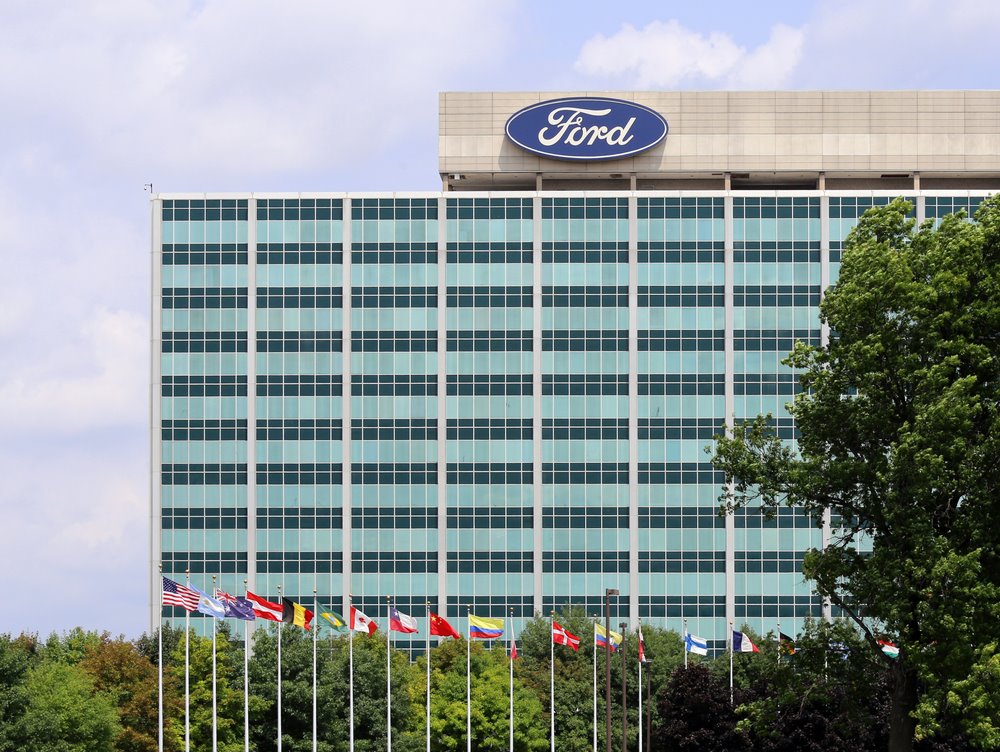 The cowboys used branding in the old west to identify their cattle and horses. When particularly excellent beef was identified with a brand, the brand itself gained value. After a while, it was expected that beef under that brand was going to be excellent. The repetition of quality delivery over time developed the brand “promise.” As long as the meat from that brand was consistently good, the brand rose in value. If the quality changed for the worse, however, the brand’s broad reputation, that took years to establish, actually worked against it. In the eyes of the consumer, the brand had broken its promise of quality and “gone downhill.”
The cowboys used branding in the old west to identify their cattle and horses. When particularly excellent beef was identified with a brand, the brand itself gained value. After a while, it was expected that beef under that brand was going to be excellent. The repetition of quality delivery over time developed the brand “promise.” As long as the meat from that brand was consistently good, the brand rose in value. If the quality changed for the worse, however, the brand’s broad reputation, that took years to establish, actually worked against it. In the eyes of the consumer, the brand had broken its promise of quality and “gone downhill.”
So even today, when you brand your business, there’s much more at “steak” than just identifying it, distinguishing it, and giving it a logo and a slogan. You are actually embarking on a publicity campaign that can cut both ways. When branding your business, at least consider the big three:
What is the promise your business offers the consumer?
What are the special attributes of your product or service that distinguishes it from others in your segment? Consistent delivery of your product or service with those distinguishing attributes is the promise you make to your consumers. Is it faster, more efficient, cost-saving, profit-making, cleaner, or simpler? Whatever it is, you must continue to deliver those attributes. As your company’s branding becomes better known, so does the resulting damage of breaking your promise.
What is the perceived value of your product?
How are your company’s products or services positioned relative to its competition? What perception of value do your customers or clients have when they buy your products or services? Do they feel they are getting more than they paid for? For consumer goods, even a slight price hike can set your customers off shopping again and can be the fastest way to lose them. Price positioning is crucial to perception. So, be sure to greatly increase the value for money if and when you do raise your price.
How will you manage the branding of your business?
What are the audiences you want to reach? What is the message you want to convey? Where are these audiences? How do they receive messages about your business branding? How will you maintain quality and integrity? What does your company stand for besides the product or service you provide? Is your message straightforward and easy to understand? Is it memorable? How will you keep your business relevant to the market? Does your customer service department provide your producers with customer feedback? How will you handle glitches and setbacks that can negatively affect your reputation?
You may ask, “What about logos and slogans?” That’s the “fun” part, but this should not be even considered until you have done a thorough analysis of these three basics. In fact, these considerations will often tell you what the logo should look like and what slogans to use.
Good business branding is not an artistic creation, but a calculated business solution to a multifaceted challenge.



